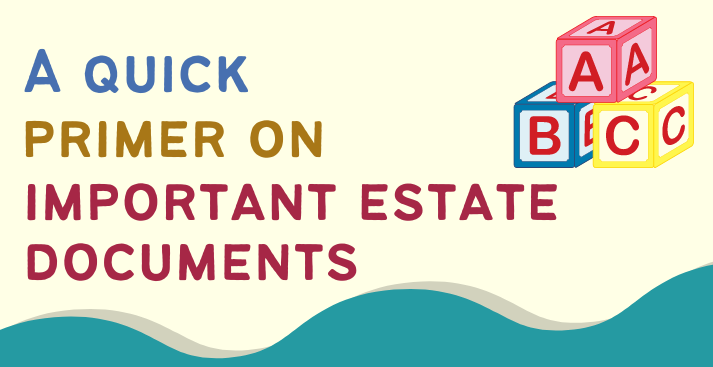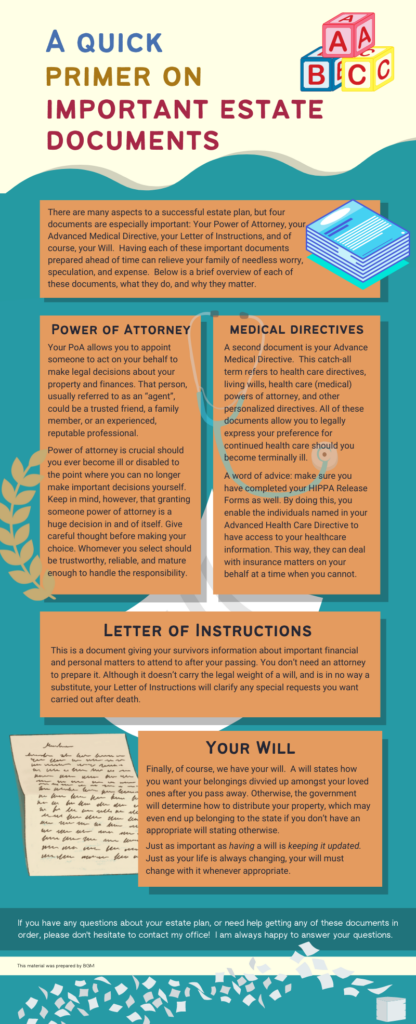The Ultimate Vacation
Retirement can be the ultimate vacation … IF you plan ahead
As we get further into summer, we’ve had several friends tell us about their vacation plans. Listening to them, it’s clear they’ve put a lot of thought and effort into planning for their trip.
That got us thinking: what if people put as much time into planning their retirement as they do for their vacations?
Unfortunately, this isn’t usually the case. That’s a problem because the average vacation only lasts a few weeks. Retirement, on the other hand, can span decades.
We think one reason for this is because many people don’t know how to start planning for retirement … or they’re a bit intimidated by the thought of it. But planning isn’t what should intimidate anyone. Retiring without a plan is what’s really scary.
We spend a lot of time and effort on our clients’ retirement plans. But it occurred to us that there may be folks out there who can’t say the same thing.
Fortunately, it’s easy to get started—and some aspects of retirement planning are actually fun! When you get right down to it, all you really must do is apply the principles of good vacation planning to your retirement. We’ll give an example. Before writing this, we looked at several different travel websites. Most of them gave tips on how to go on vacation. We were amazed at how similar these tips were to planning for retirement. So, we’ve listed some of them below, along with how to make them suitable for a person’s golden years:
| Vacation Planning | Retirement Planning |
| Tip #1 – Make a list of places you want to visit. Write down the activities you want to do in each location, and what you like about them. | Tip #1 – Make a list of goals you want to pursue during retirement. Write down why they’re important to you. |
| Tip #2 – Rank these places in order of how important each one is to you. | Tip #2 – Rank these goals in order of how important each one is to you. Have fun with these first two steps. |
| Tip #3 – Determine your budget. Factor in travel, hotel, and food costs. Then determine how much it will cost to do the various activities you listed in Tip #1. Don’t forget to include how much you plan to spend on souvenirs and things like that. | Tip #3 – Determine your budget. First start with expenses; where do you want to live, and how much will it cost to live there? What are your utilities like? What medical costs do you anticipate having? What debts do you owe? Finally, estimate how much it will cost to pursue the goals you listed in Tip #1. (It’s okay if it’s a rough estimate.) |
| Tip #4 – After determining what your vacation will cost, calculate your current budget by adding up your income minus expenses. Whatever’s left is what you have, to put towards your retirement on a monthly basis. vacation. | Tip #4 – Calculate your current budget by adding up your income minus expenses. Whatever’s left is what you have, to put towards your retirement on a monthly basis. |
| Tip #5 – Go online, consult with a travel agent, or check out a travel book and try to find ways to bring your costs down. Savvy vacationers can find deals, coupons, and tour companies that really make a trip easier on your wallet. | Tip #5 – Get together with me and bring everything you’ve written down so far. We can discuss possible ways to further fund your retirement, whether it’s through investing or something else. |
| Tip #6 – Book your vacation! | Tip #6 – Set your retirement date! |
Planning a vacation and planning for retirement aren’t exactly the same, but they’re not too far apart, either. In the end, what’s important is that people devote the same energy to their retirement as they do their summer excursions. For both, the solution is the same: Plan, don’t wing it.
If you or someone you know are “winging” your retirement planning, we’d like to offer our help. If you have doubts or concerns about your retirement, please feel free to give us a call. We’d be happy to help you create a plan that shows not only how to fund your retirement, but enjoy your retirement, too!
Remember: planning a vacation is great for spending a few weeks in the sun. But planning for retirement can lead to a holiday that lasts for years. Please let us know if there is anything we can do to help.






